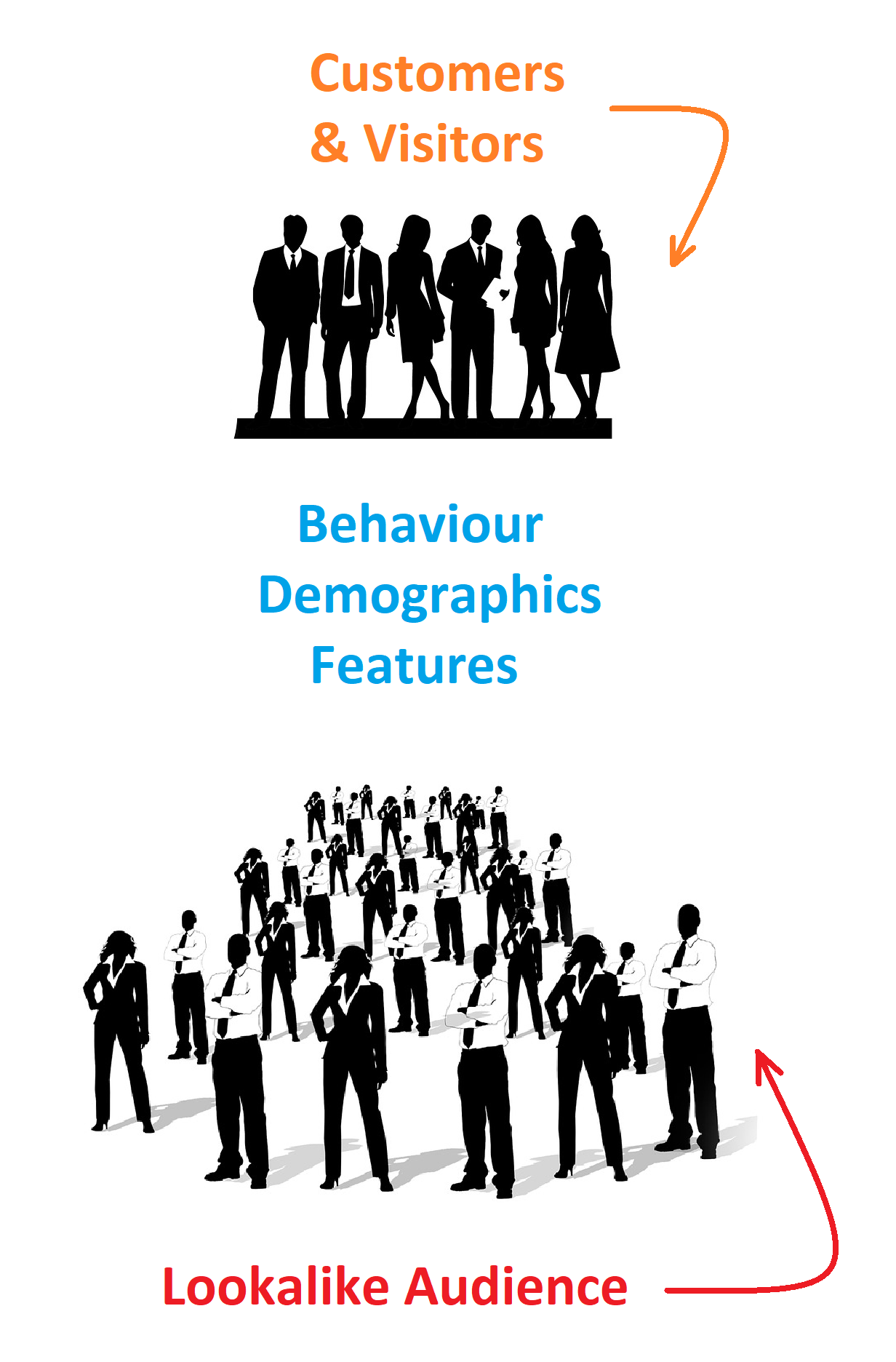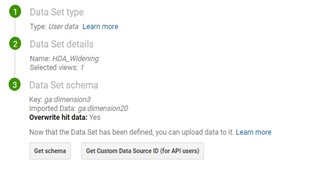GET YOUR FAVOURITE CUSTOMERS THROUGH LOOKALIKE AUDIENCES!
As a marketeer, acquisition is one of the concepts you have to deal with on a daily basis. You will always need “fresh blood” to grow. So how do marketeers attract brand-new visitors or customers to their website? One of the more popular methods is to perform advertising on specific keywords to attract new visitors from search engines. Such keywords can be specific to the website (e.g. brand-name) or they can be more general (e.g. product type). Any search containing one of those keywords on Google, Bing, Yahoo, etc. gives you the opportunity to serve the searcher with an advertisement. You can, of course, limit these advertisements to be shown only to a certain audience. For instance, Males between 25-54 located in the Netherlands and interested in Chocolate. But you wouldn’t be certain whether this is actually the audience that is most likely to convert.
A fascinating alternative is to leverage data of your existing visitors or customers to target new people whom share interests, demographics or other attributes. These ‘lookalike audiences’ are of utmost interest for acquisition and are known to be quite effective.
Both Facebook and GDN support the creation of Audiences that resemble your visitor or customer base. They do so by finding similarities between your current visitors and customers. The advertising platforms subsequently use these similarities to search for new people who closely match the profile. Google has named such Audiences ‘Similar Audiences’, whereas Facebook maintains ‘Lookalike Audiences’, but really, they are one and the same. Henceforth, we will use the term Lookalike Audience.
HOW TO: LOOKALIKE AUDIENCES IN FACEBOOK

The Lookalike Audiences in Facebook can be created from a variety of sources, such as Fans of a Facebook Page, Users of a Mobile App, a Pixel (i.e. a tool that measures visitor activity on your website and sends this to Facebook), and a Custom Source (i.e. an upload of email addresses, but also names, birthdates, User IDs, and several other identifiers). Mind you, however, that matching on email address is never 100% accurate and there will always be fall-out. In fact, match rates often do not surpass 50%.
Any of these sources should contain at least 100 people from the same country to be used as reference for a Lookalike. Nonetheless, Facebook recommends a source between 1,000 and 50,000 people. This seems like a wide range, but it comes with a trade-off. For instance, uploading your Customer Base of 5,000 accounts as 1 source will result in a wide Lookalike audience with characteristics similar to these 5,000 people which is thus representative for the entire base. However, if you split up your Customer Base into 5 sources, each with a distinct difference (e.g. Brand Preference), Facebook will create 5 Lookalike audiences with characteristics similar to each source. This makes the Lookalikes more accurate but also more narrow. To top this off, the quality matters too. A source audience of 500 of your best customers may yield better results as a source audience of 1,000 of your average customers.
As a result, one can take great advantage of pre-segmentation (check out this Blog too). For example, you can have a Lookalike Audience for your High-Profit Premium-Brand Customers who purchase mostly in the evening and live within a 20 KM radius of one another. One can use the Pixel in a similar way. For instance, you can use pageviews for certain products in order to create product-specific Lookalike Audiences. Unfortunately, the Pixel does not by default exclude current visitors within your Lookalike Audience.
HOW TO: SIMILAR AUDIENCES IN GOOGLE DISPLAY NETWORK
Through GDN one can advertise across Google Search, Google Display, YouTube and Gmail. A Lookalike Audience in GDN can be based on a Remarketing List (i.e. a collection of visitors who meet the list rules’) or a Custom Match List (i.e. an upload of only email addresses).

The requirements for a Lookalike Audience based on a Custom Match List are not listed. But experience suggests that you need at least 1,000 successful matches for GDN to show ads. The Lookalike Audience based on the Custom Match List is only available on YouTube and Gmail. For some businesses and/or segments, using Lookalike Audiences in GDN may not be easy as it requires a substantial amount of visitors or email addresses.
NOTE THE IMPORTANCE OF PRIVACY
